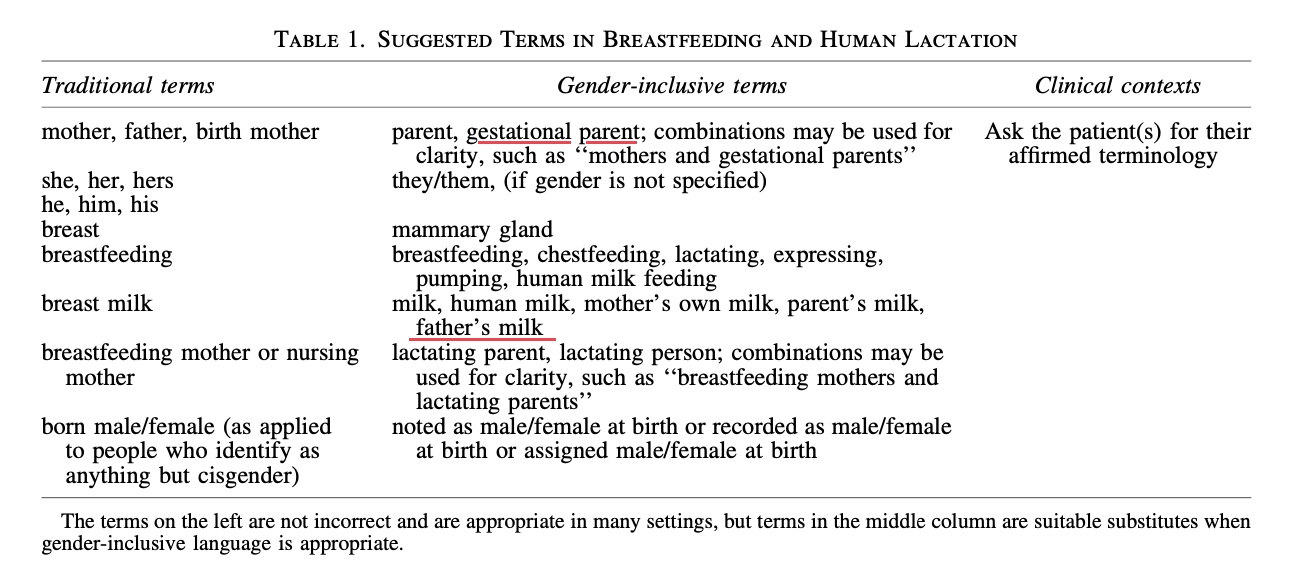
Tavistock gender clinic forced to shut over safety fears
Centre accused of rushing vulnerable children into treatment
Dr. Hilary Cass, former president of the Royal College of Pediatrics and Child Health, just issued her much anticipated review of the service.
And it is devastating. As a result, Tavistock will be closed.
It will be replaced by regional centres at existing children’s hospitals offering more “holistic care” with “strong links to mental health services”. Tavistock’s Gender Identity Development Service (GIDS) clinic has been accused of rushing children into life-altering treatment on puberty blockers. The paediatrician Dr Hilary Cass, who is leading a review of the service, has today issued a series of recommendations for a radical overhaul of how the NHS treats young people who are questioning their gender identity. She found that the Tavistock clinic was “not a safe or viable long-term option” and that other mental health issues were “overshadowed” when gender was raised by children referred to the clinic. Cass, former president of the Royal College of Paediatrics and Child Health, said the current model of a sole provider for gender services should be scrapped as it failed to meet the holistic needs of distressed and vulnerable teenagers. She said Tavistock should be replaced by regional centres with an “appropriate multi-professional workforce to enable them to provide an integrated model of care that manages the holistic needs of this population”. Amid concerns that the clinic fails to take into account wider health problems before putting children on puberty blockers, Cass added: “Staff should maintain a broad clinical perspective in order to embed the care of children and young people with gender uncertainty within a broader child and adolescent health context.” Source: TheTimes (emphasis mine)
The upshot: They have been experimenting on children. They “failed to collect sufficient data on the impact of puberty blockers in under-16s.” Last year Tavistock received more than 5,000 referrals compared to 250 a decade ago. Surprisingly, most of them young girls. Many were children on the autism spectrum. Mental health issues went unexplored. And gender-questioning youth suffered. They rushed to treat with puberty blockers even though the benefits are uncertain and there are no long-term studies about the impact surrounding their use.
What a scandalous disregard for children.
Thanks to everyone who worked so hard for this day. The Gender Critical Feminists of the UK, J.K. Rowling et al….
Especially,
There is more to do.
Europe is pulling back.
The US under the Biden Administration is pushing ahead. If you question a child’s belief that they are born in the wrong body and don’t follow them down the Gender-Affirming Identity-Medicalization track, you might be accused of engaging in “conversion therapy.”
You might even have your child taken away from you.
+++
Love Refuses to Affirm Confusion



